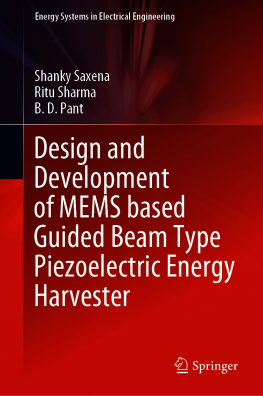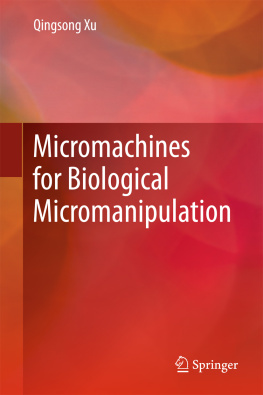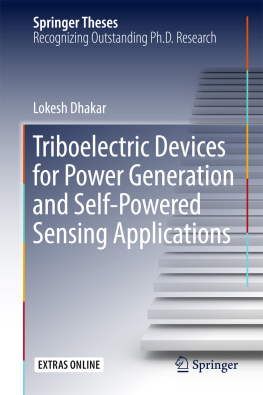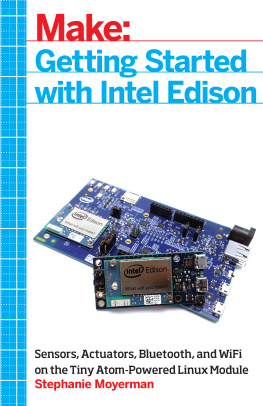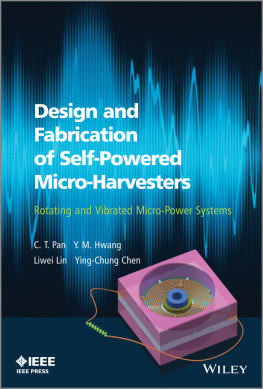Kenji Uchino - High-Power Piezoelectrics and Loss Mechanisms
Here you can read online Kenji Uchino - High-Power Piezoelectrics and Loss Mechanisms full text of the book (entire story) in english for free. Download pdf and epub, get meaning, cover and reviews about this ebook. year: 2020, publisher: CRC Press, genre: Romance novel. Description of the work, (preface) as well as reviews are available. Best literature library LitArk.com created for fans of good reading and offers a wide selection of genres:
Romance novel
Science fiction
Adventure
Detective
Science
History
Home and family
Prose
Art
Politics
Computer
Non-fiction
Religion
Business
Children
Humor
Choose a favorite category and find really read worthwhile books. Enjoy immersion in the world of imagination, feel the emotions of the characters or learn something new for yourself, make an fascinating discovery.

- Book:High-Power Piezoelectrics and Loss Mechanisms
- Author:
- Publisher:CRC Press
- Genre:
- Year:2020
- Rating:4 / 5
- Favourites:Add to favourites
- Your mark:
High-Power Piezoelectrics and Loss Mechanisms: summary, description and annotation
We offer to read an annotation, description, summary or preface (depends on what the author of the book "High-Power Piezoelectrics and Loss Mechanisms" wrote himself). If you haven't found the necessary information about the book — write in the comments, we will try to find it.
As one of the pioneers of Piezoelectric Actuators, I have contributed to the commercialization of various products for over 45 years, including million-selling devices, micro-ultrasonic motors for smart-phone camera modules by Samsung Electromechanics, piezoelectric transformers for backlight inverters by Apple laptops, multilayer PZT actuators for diesel injection valves by Denso Corporation, and piezoelectric energy harvesting modules for Programable Air-Burst Munition by the US Army. During the development period for piezoelectric actuators and transformers, I found that the bottleneck for device miniaturization was heat generation under a high-power drive condition. Thus, in parallel to the piezo-actuator developments, I have been developing various high-power density piezo-ceramic materials with the loss mechanism clarification. Hence, I considered that it was time to organize a textbook based on the previous studies, including my materials development philosophy to stimulate younger generations to reach to the energy density of up to 100 W/cm3 in the future. Increasing efficiency and saving energy and space (compactness) are one of the important approaches in this 21st-century sustainable society.
High-Power Piezoelectrics and Loss Mechanisims introduces the theoretical background of piezoelectrics, electromechanical phenomenology, loss mechanisms, practical materials, device designs, drive and characterization techniques, and typical applications, and looks forward to the future perspectives in this field. This book is NOT an overall review of this area, but it focuses on important and basic ideas under my development philosophy to understand how to design and develop high-power piezoelectric materials and devices.
This textbook is designed for self-learning by the reader aided by the availability of:
Chapter Essentials Summary for quick memory recovery
Check Points Answers are provided in the Appendix
Example Problems To enhance the readers understanding with full, detailed solutions
Chapter Problems For the final exam or further consideration
Kenji Uchino: author's other books
Who wrote High-Power Piezoelectrics and Loss Mechanisms? Find out the surname, the name of the author of the book and a list of all author's works by series.


